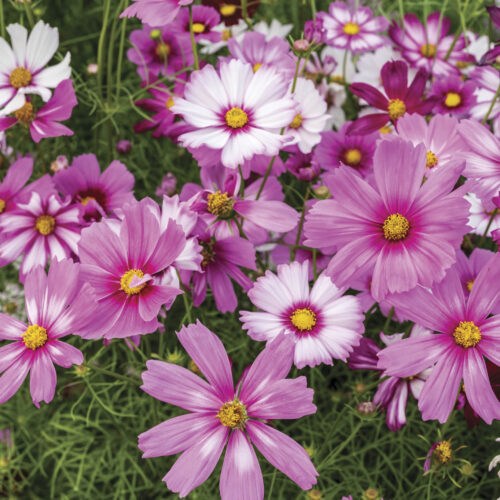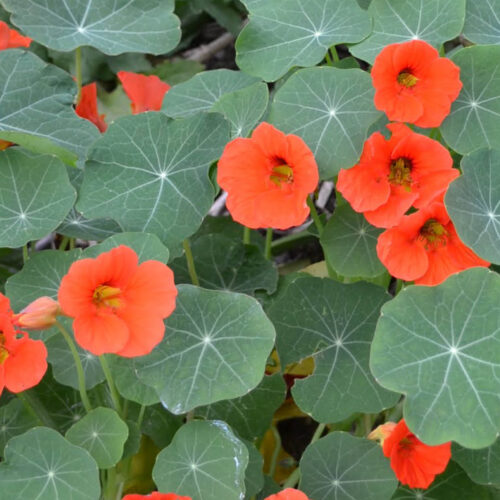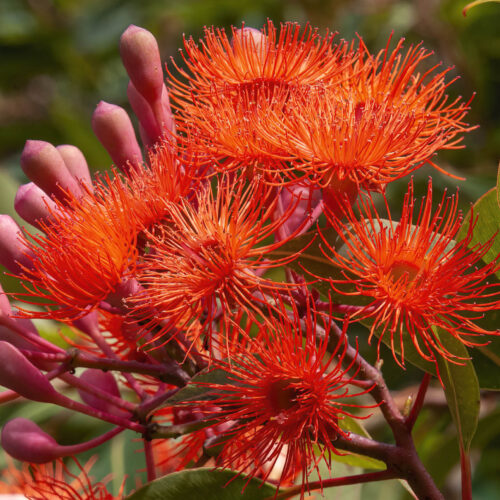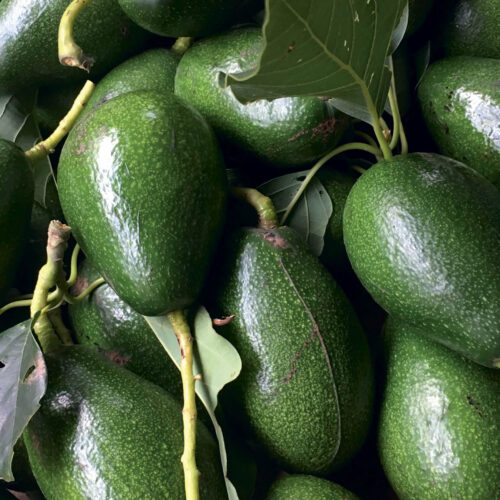Poppy planting time
2019-05-11T04:40:49+10:00
Planting poppy seed takes a little care but when it blooms it's an absolute joy!
Every year I get enormous pleasure from my blood red peony poppy. It self sows around my garden, popping up in odd corners, often flowering where I don’t want it, but I try to leave it in place at least until it flowers. I then hoick it out leaving room to plant something else. At least one plant is left to set seed, and there are thousands. I sprinkle these around the garden, thus ensuring that the whole process will be repeated next year. This year there are some lovely poppies available to grow from a number of seed suppliers, but if you want to plant them then it’s important to know how. Once you’ve grown them and let them drop seed, you may find yours self-sow too.
Poppy seeds need light to grow. So don’t bury them, sprinkle them on the surface. Plant them in temperate regions any time from now until early spring. They need the cool weather for germination and growth. Choose a position in full sun with moist well-drained soil. Water the soil before planting, if it’s not already moist. Then broadcast or sprinkle the very fine, almost dust-like seed over the soil. Don’t bury it by raking soil over the top, just leave it, as I said, the seed needs light to germinate. The trick now is to keep the soil moist for the up to two weeks it takes for germination. Use a watering can or hose with a soft, fine spray. A strong spray will just blast the seed away.
Once you see tiny seedlings emerging, make sure the soil maintains some moisture, and pull out any competing weeds. When seedlings are a decent size, thin to about 20cm between plants. Water every few weeks with worm juice, compost tea or other organic liquid fertiliser. This way you’ll get bigger plants and more flowers. While the peony poppies are many petalled beauties, it’s worth remembering that simple, single flowers are much easier for bees and other beneficial insects to access to collect essential nectar and pollen. So if you want to grow the big, blowsy peony poppies, add in a few simpler flowers like Flanders, Shirley, Iceland and ladybird poppies too.
As well as the common names, you can also look for these poppies using their botanical names. Hunt for Papaver commutatum, P. paeoniflorum, P. nudicaule, P. rhoeas.






